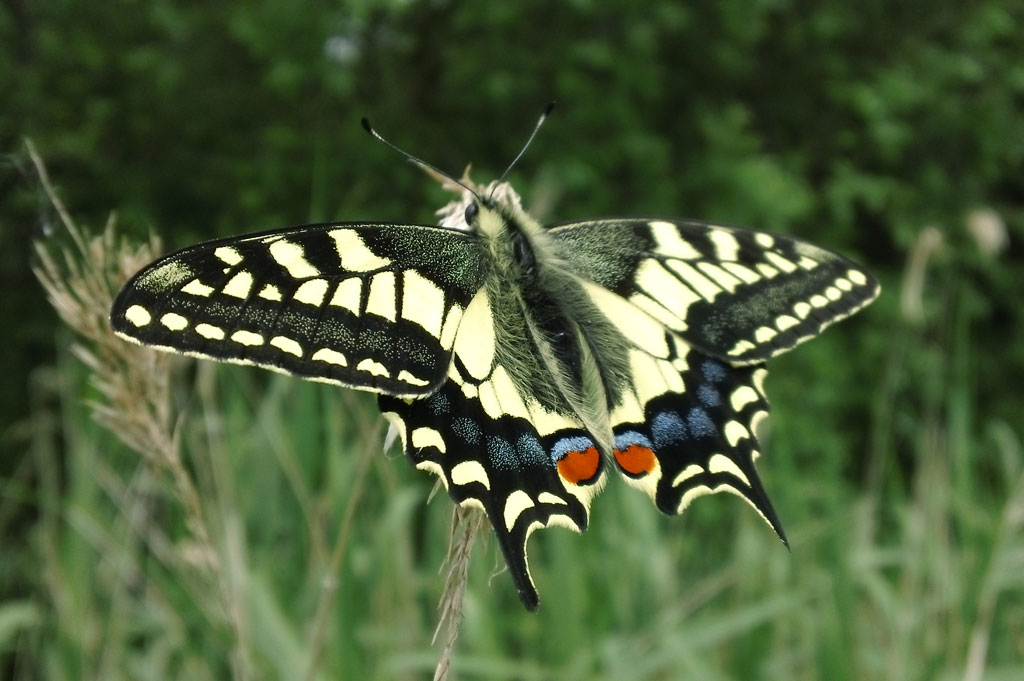No trip to Norfolk is complete without meeting some of its wilder residents! From the Swallowtail butterfly to the Marsh harrier, to the Natterjack toad, there are lots of fascinating creatures that may come out to say hello during your family days out. You’ll find many wondrous species in the Winterton Nature Reserve, right on the doorstep of Hemsby Beach Holiday Park. Can you spot some of these favourites?
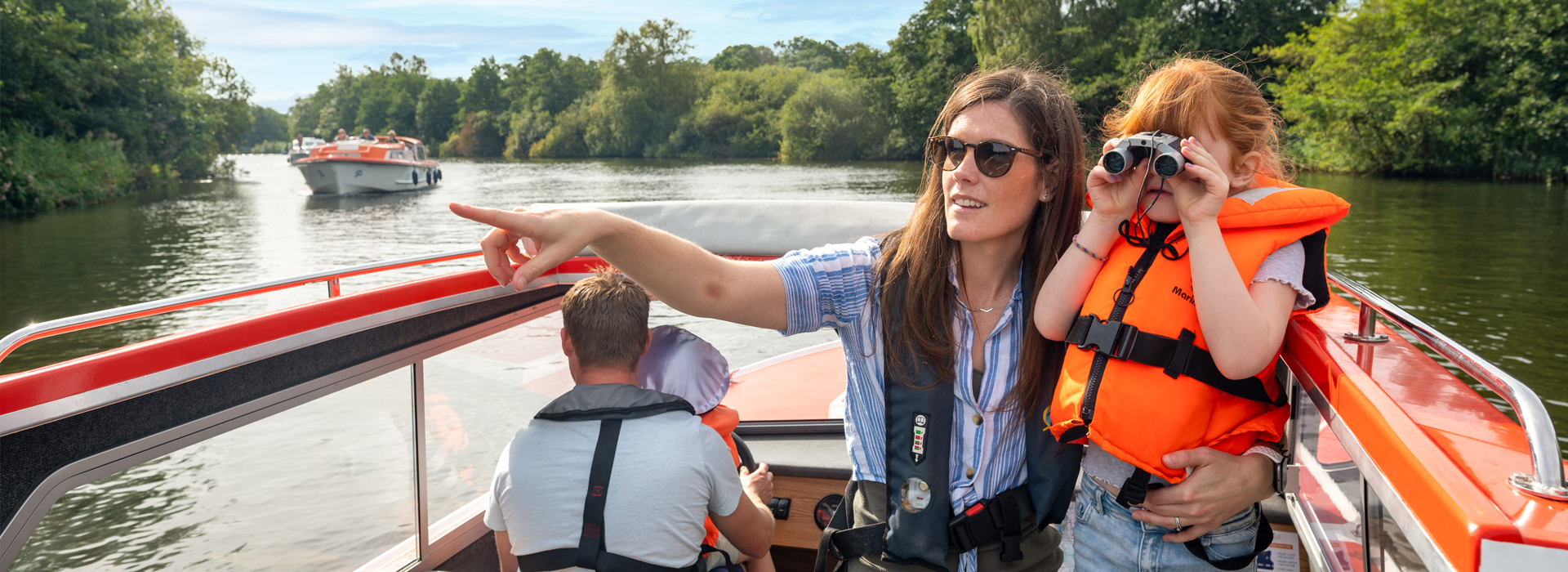
Norfolk wildlife to spot on a day out with the kids
The Natterjack toad is very rare. Only two Natterjack colonies remain in the East of England. The Natterjack toad is a deep-green colour; the Common toad is brown in colour. They are nocturnal animals. During spring, the males sing at night to attract females. Natterjack toads are so loud, they can be heard up to a mile away!
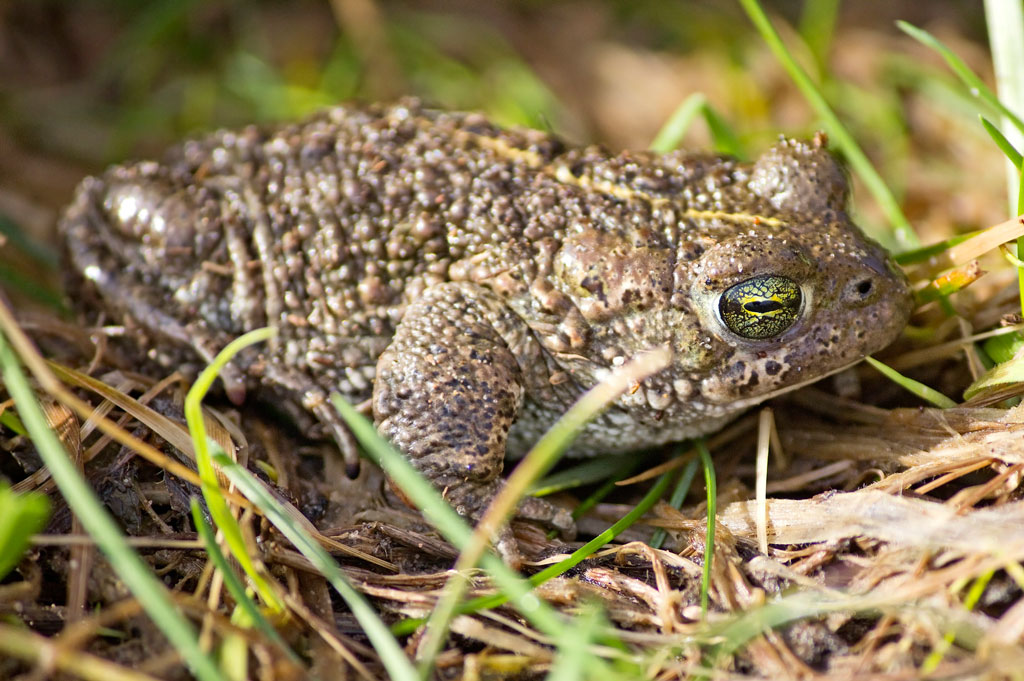
A very rare species indeed, the Norfolk hawker dragonfly can be identified by its clear wings, bright green eyes and yellow triangle on the body. Be careful not to mistake them for the more common brown hawker, which has brown wings and brown eyes – but is just as fun to spot!
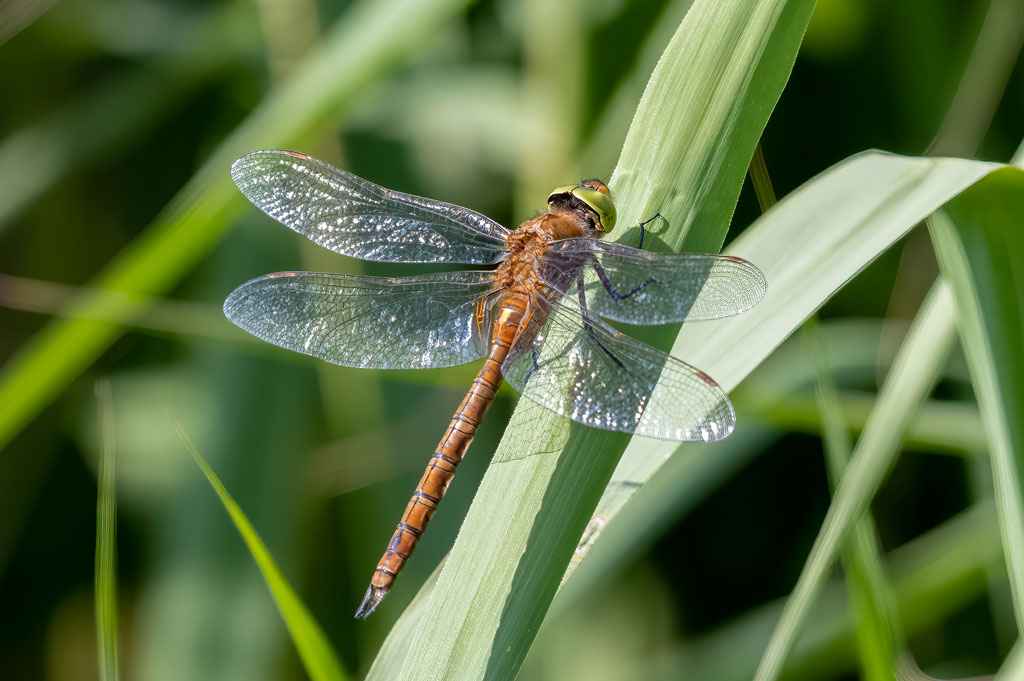
The Marsh harrier is the largest bird of the harrier family with a wingspan of up to over a metre. The Marsh harrier nests in large reedbeds. It preys on frogs, small mammals such as mice, other small birds, and occasionally fish. The Marsh harrier creates a distinctive V-shape in the air by holding up its wings. This bird species has an ‘amber’ conservation status, meaning its numbers are slowly declining.
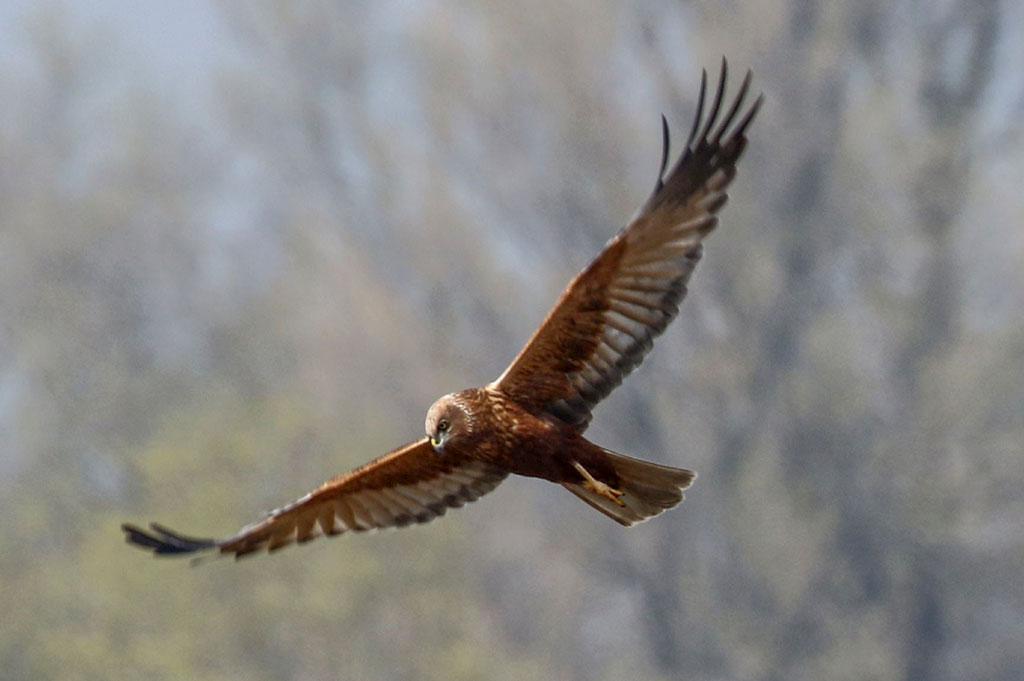
Kids will adore the white, fluffy seal pups that snuggle up to their mums on the Norfolk coast. Most commonly found gathering on the beach and swimming by the shores of Winterton and Horsey, there are a number of safe ways to view the seals.
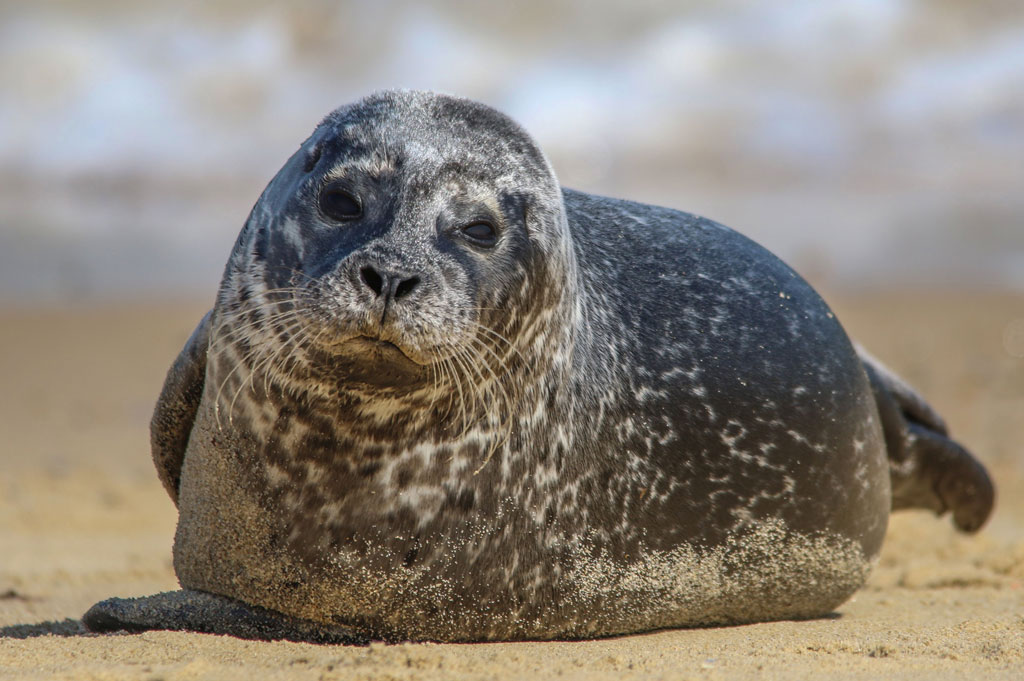
The kingfisher is very easy for young children to recognise, with its electric blue head and back, and bright orange undercoat. This bird is very small and very fast, so keep your eyes peeled! You may see it flash past, flying low over the still or slow-moving waters of the county’s Broads. Or, if you’re very lucky, you could spot it perched on a branch close to the water’s edge as it looks for fish.

Terns are seabirds, normally found near the sea, rivers, or wetland. They are related to gulls and skimmers, but are much smaller and have long, forked tails with relatively short legs. They have grey and white bodies, with a contrasting black cap to their heads.
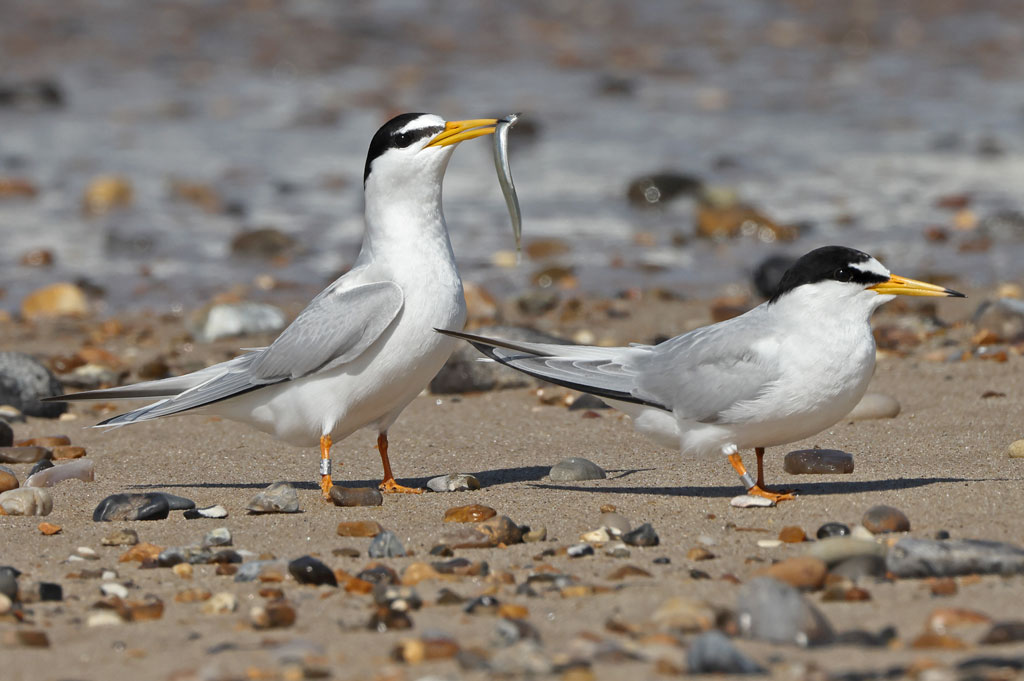
The Swallowtail is a very rare species that only occurs in the Norfolk Broads. You can recognise this butterfly by its pale yellow colour and black veins and touches of blue. Swallowtail butterflies thrive on wet fenland and feed on thistles. The largest of the Swallowtails can get up to 9cm! These butterflies are fully protected under the 1981 Wildlife and Countryside Act.
